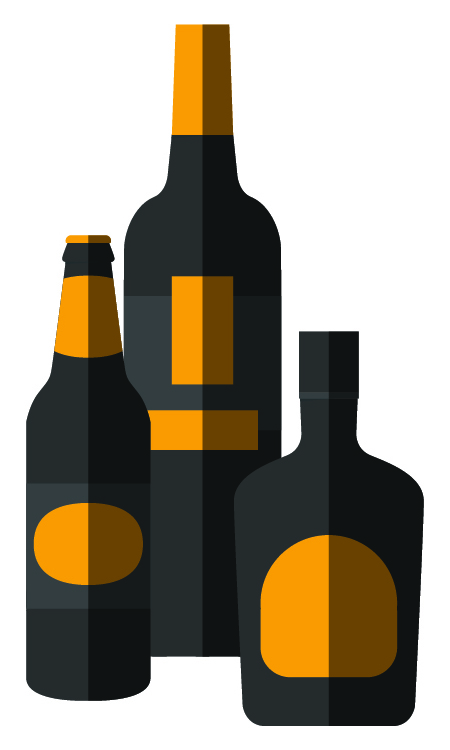Alcohol Basics
 What Is Alcohol and Why Is It Regulated?
What Is Alcohol and Why Is It Regulated?
Alcohol is produced naturally by the fermentation of yeast, sugars, and starches found in grains, fruits, and vegetables. An additional process of evaporation and condensation is used to create distilled spirits and liquor.
Understanding Alcohol Content
Alcohol content is measured by how much alcohol is in a given amount of an alcoholic beverage. Wine, beer, and cider are usually listed as alcohol by volume (ABV), and liquor (distilled spirits) is labeled by “proof.”
Alcohol’s Effect on Individuals
Blood alcohol content (BAC) is the amount of alcohol present in the bloodstream. For example, having a BAC of 0.10 percent means there is about one drop of alcohol for every 1,000 drops of blood present in the body.
Levels of Drinking
According to the “Dietary Guidelines for Americans 2020-2025,” U.S. Department of Health and Human Services and U.S. Department of Agriculture, adults of legal drinking age can choose not to drink or to drink in moderation by limiting intake to two drinks or less in a day for men and one drink or less in a day for women.